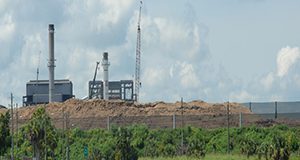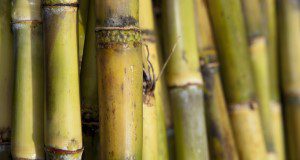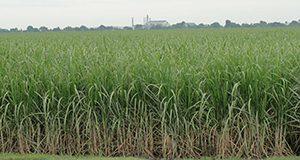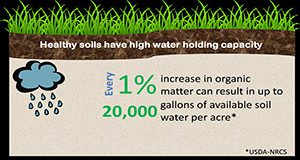Bagasse is an agricultural by-product derived from the sugarcane milling process. It is a dry and fibrous residue left after the extraction of sugar juice from sugarcane. This 5-page document is a preliminary investigation into the possible effects of using bagasse as a soil amendment. Written by Jehangir H. Bhadha, Nan Xu, Raju Khatiwada, Stewart Swanson, and Chris LaBorde, and published by the UF/IFAS Department of Soil and Water Sciences, August 2020.
https://edis.ifas.ufl.edu/ss690
Tag: Stewart Swanson
Soil Organic Matter Impacts on Sugarcane Production on Florida Mineral Soils
Sugarcane growth on mineral soils in Florida can often be highly variable as related to the nature of the soils. The soil factor that best relates to sugarcane growth is soil organic matter content. Very stunted sugarcane is also associated with high nematode populations, which indicate high risk of crop damage. This new 4-page publication of the UF/IFAS Agronomy Department discusses grower options for evaluating and increasing soil organic matter. Written by J. Mabry McCray and Stewart Swanson.
https://edis.ifas.ufl.edu/ag441
Florida Crop/Pest Profile: Sugarcane
Sugarcane (Saccharum interspecific hybrids) is the main source of sugar in the world. It is grown in more than 90 countries in tropical and subtropical regions. Cultivation techniques and production challenges vary by location (Rott 2017; Rott 2018). This 19-page document discusses characteristics of the sugarcane crop and pests affecting its production in Florida, which is the largest producer of sugarcane in the United States. Written by P. Rott, D. C. Odero, J. M. Beuzelin, R. N. Raid, M. VanWeelden, S. Swanson, and M. Mossler, and published by the UF/IFAS Agronomy Department, revised May 2018.
http://edis.ifas.ufl.edu/pi207
Raising Soil Organic Matter Content to Improve Water Holding Capacity
Just like a sponge, soils with high organic matter (OM) can absorb and hold water during rainfall events and deliver it to plants during dry spells. Water is increasingly becoming the most limited natural resource supporting agriculture, but growers can improve their water storage capacity by raising their soil’s OM content. This 5-page fact sheet demonstrates how soil OM content can help increase water holding capacity of soils and describes the laboratory procedure to measure WHC. Written by Jehangir H. Bhadha, Jay M. Capasso, Raju Khatiwada, Stewart Swanson, and Christopher LaBorde, and published by the UF/IFAS Department of Soil and Water Sciences, October 2017.
http://edis.ifas.ufl.edu/SS661



